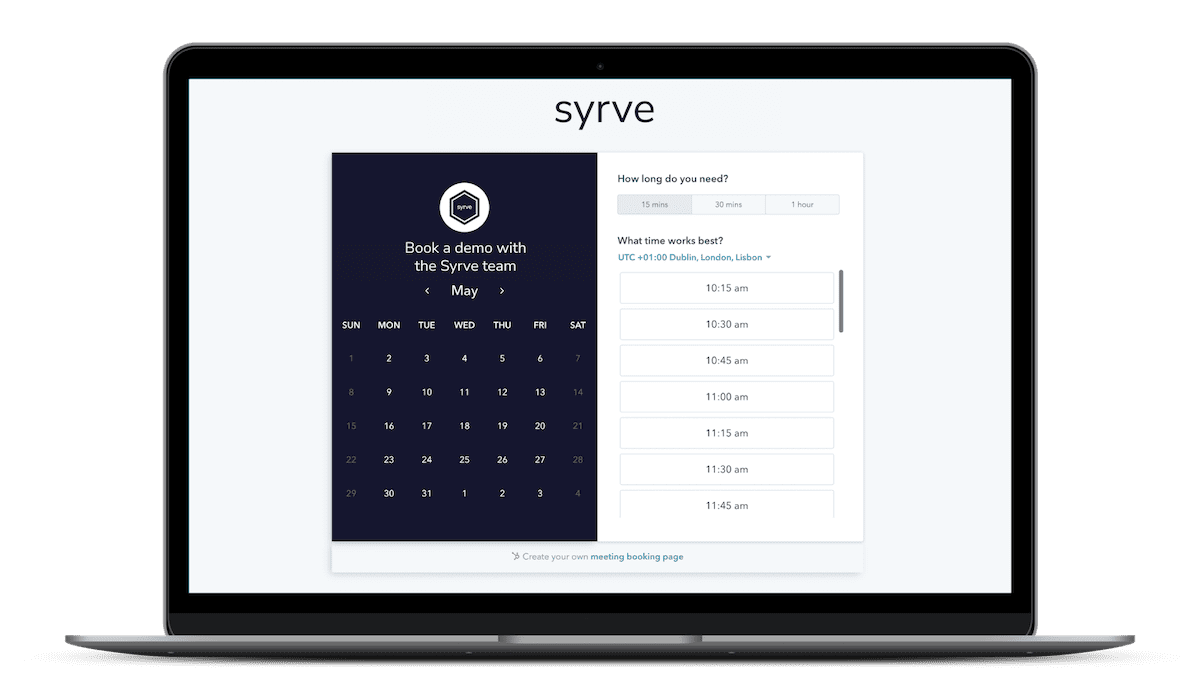Do you need to reduce your restaurant’s running costs — but you’re worried that cutbacks could impact customers? If so, then consult your point-of-sale (POS) because it should provide the answers you need.
Where’s the money gone?
It’s 10.30pm towards the end of another busy Saturday night. You should be buzzing, but there’s that nagging question again: ‘How come we’re so busy, yet struggling to break even?’
In the fast-moving restaurant business, there’s barely time to catch your breath and chew over the tiny details that reveal the true picture of expenditure. You can see your rent is rising, business rates are up too, and so are your fuel bills. But where’s the rest of the money going?
Now, here’s the good news. With a top POS restaurant management system, it’s possible to clearly see where spending occurs — and do something about it. That doesn’t mean wielding the axe in a cost-slashing rampage, but rather targeting waste wherever it exists.
So where can you save money? Here are three areas to focus on.
Target #1: Labour costs
When the restaurant business is slack and you’ve got staff standing around idly, it’s easy to see funds draining out of your business. Industry analysts reckon that the payroll accounts for 25-35% of restaurant revenue[1]. Get labour costs wrong and your business is hit hard.
But with an intelligent POS, it’s possible to control spending with advanced forecasting. You can predict busy or quieter times with amazing accuracy, based on previous data and other factors you add. That way you’ll know how many staff you’ll need next Friday, over the next Bank Holiday weekend, or during an England football match. You can build staff schedules with precision accuracy.
Managing employees becomes less time-intensive for administrators too. You can keep track of employee hours, labour costs and the entire cost of payroll in one place — including rotas, salaries, attendance, targets and incentives — so you spend less time glued to spreadsheets trying to get a handle on spending.
Target #2: Food waste
Food waste costs the restaurant sector £682 million each year, with too many vegetables, bakery products and meat/fish in particular heading for the bin, according to research[2]. Unless restaurants take control of their inventory, they can end up blind ordering, carelessly bulk buying and risking theft and fraud.
However, an all-in-one POS should include easy-to-use tools to help you control your inventory— so staff can count accurate data in moments using a mobile phone or tablet when they are guided to check fridges, freezers and stores. That way, it’s also possible to optimise ordering – even automate the order to goods receipt process – avoid too much cash from getting locked up in your inventory, ensure you are never out of stock, and use slow-moving stock to create money-saving ‘specials’.
With an all-in-one POS where the front of house (FoH) and back of house (BoH) are seamlessly in sync, it means that every action is visible in realtime; logging of batches as they are being produced, a dropped bottle to waste, inter-store transfers, and more. Equally, the system will guide them to take stock counts, to prep and defrost the items needed to meet the sales demand of the day ahead.
Minimising spoilage, addressing food preparation waste and regulating portion size accurately using your POS tools could mean restaurants recouping as much as 15% of food costs. As with labour costs, having forecasting tools can also mean you order and prep food in correct quantities to minimise waste.
Target #3: A million little details
There are countless other ways that cash can leak out of your business — for example, table staff handing out too many refunds, menus being priced incorrectly, promotions being poorly configured, or a lack of communication between front-of-house and the kitchen, so orders arrive late. The list goes on.
However, an all-in-one POS will stand guard over your costs. You don’t have to rely on paper records, spreadsheets and gut instinct — up-to-date figures are all available at your fingertips. Escalating issues and expensive mistakes jump out at you, so you can take action quickly.
What about if we have multiple sites?
Having multiple restaurants runs the risk of costs spiralling out of control on a dramatic scale. But Syrve’s POS can be your eyes and your ears, 24/7.
You can run your entire operation with one unified business management suite — whether you’ve got a single location, a handful of restaurants or dozens, even hundreds of venues across the UK. Our solution is designed to be used across multiple business structures. You can manage and monitor all your different outlets together, updating prices and promotions, comparing costs, spotting patterns and drilling down to the details… from any location.
When your business grows, you don’t need to hire an army of accountants, administrators and assistants … all that’s needed is you and Syrve.
Find out more. Contact our team today and book a demo.
Sources:
[1] ‘What Percentage Should a Restaurant Spend on Payroll?’ – Chron (June 27, 2018)
[2] ‘Restaurants -Taking Action on Waste’ – WRAP



